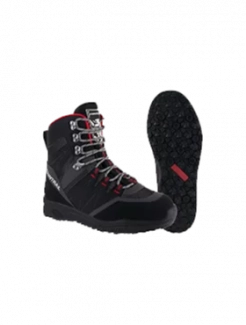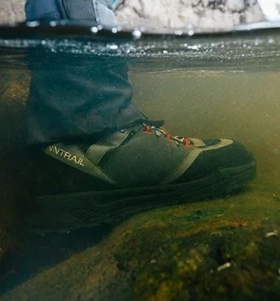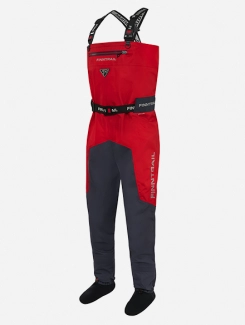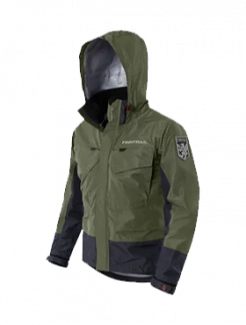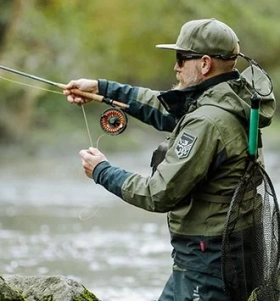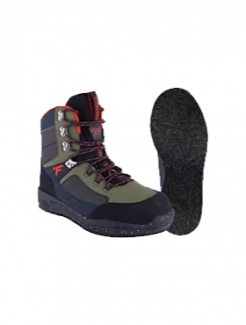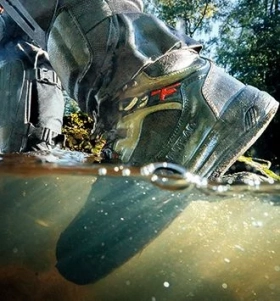Getting Your ATV Ready for Hot Weather
Your ATV needs special attention in the summer. When the internal parts of the ATV get too hot, you can quickly experience coolant loss and engine or head gasket damage that makes it impossible for you to keep riding. Engine and head gasket repair and replacements are also quite expensive. This makes overheating a fun-killing and potentially very costly problem, so before you start riding in summer temperatures, read this post about getting your ATV ready for hot weather.
Inspect the Radiator
Your ATV's radiator is crucial for engine cooling, so you need to make sure it is in the best possible shape at all times, but particularly before riding in hot weather. Thoroughly inspect the radiator for bent fins, any other sign of damage, and dirt and debris.
Your radiator should be cleaned every time the outside of your vehicle is cleaned, which means after every ride. If you haven't been doing this, start now. Dust, mud, and debris collect in there and can make your radiator run poorly or stop functioning altogether.
If you do have bent fins, don't worry. They can usually be fixed with a cheap and easy radiator fin tool that is similar to a comb and bends them back into shape.
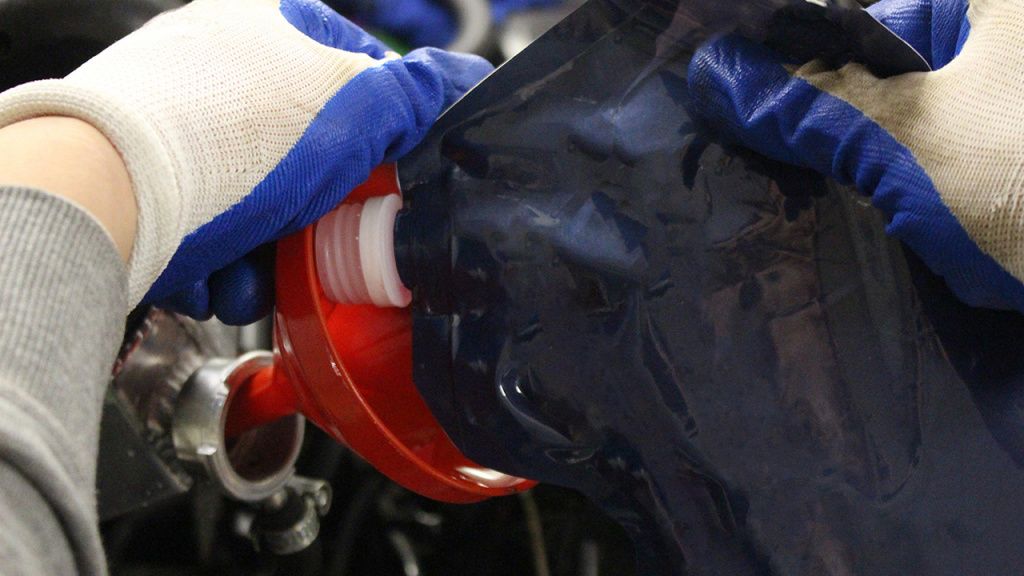
Make Sure You Have Enough Cooling Fluid in the Radiator
Before every ride, check the fluid level in the radiator and add more, if needed.
Your owner's manual will tell you exactly what kind of coolant you need and any particulars you may need to know about mixing the coolant. Make sure to follow their instructions. If you have to add water to your coolant, use distilled water to avoid the minerals found in non-distilled water that can clog your cooling system.
Check your coolant with a coolant tester before riding in hot weather and make it part of your maintenance routine at an every month interval. Coolant should be changed at least every 2 years, or sooner, if it tests bad. If you haven't been doing that, start now.
Inspect the Cooling System for Leaks and Other Damage
Look for coolant leaks. Any unexplained puddles or moisture should be checked out. Look for hairline cracks too. You don't want to be missing coolant on the trail.
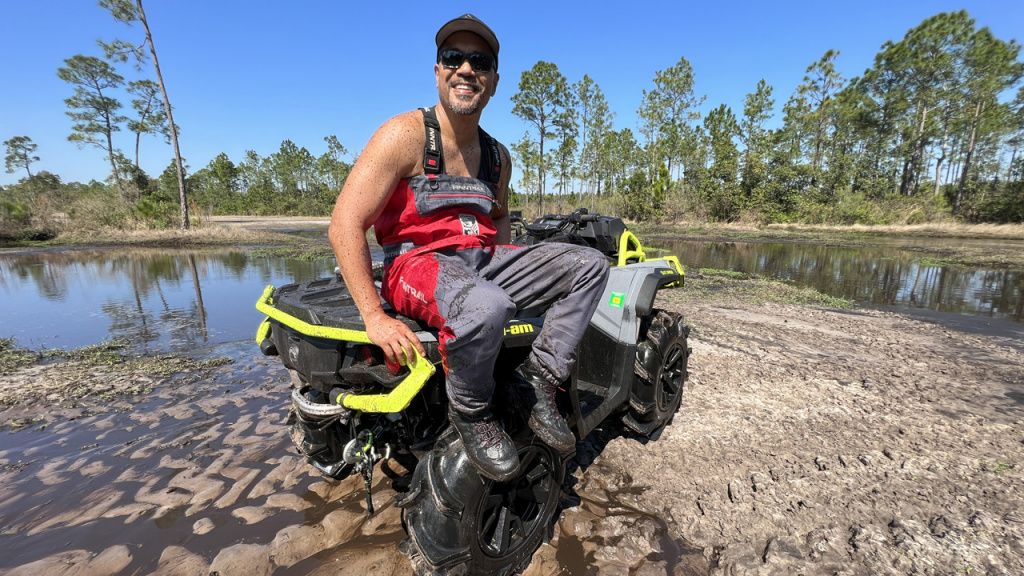
Don’t Let Your Engine Idle Too Long in Hot Weather
Air-cooled engines require air movement to function properly. If you need to idle for a minute or more, turn off the engine instead to make sure it doesn't overheat.
Consider Aftermarket Upgrades for Higher Temperatures
If you live in a hotter climate or will be using your ATV in ways that make it more likely to overheat like doing a lot of slow, technical driving, you may need to do more than what is written above to protect your ATV from overheating.
Cooling
An aftermarket fan can keep your radiator cool even in tough situations, and aftermarket oil cooling kits can protect ATVs without built-in oil cooling.
Thermometers
You can install an aftermarket radiator cap or engine stick thermometer so you can readily tell if they're getting too hot and do something about it before there is time for anything to get damaged.
Coolant Upgrades
The aftermarket radiator cap mentioned above is one. It not only offers a thermometer to measure the temperature, it also increases the boiling point of the coolant so it is less likely to boil out in the event your engine does overheat. This will keep you from losing coolant and having a worse problem on your hands, overheating and too little coolant.
Recovery tanks will collect coolant that boils out so you can still use it.
Aftermarket radiator hoses, water pumps, and impellers increase coolant flow to move more water and keep the engine cooler.
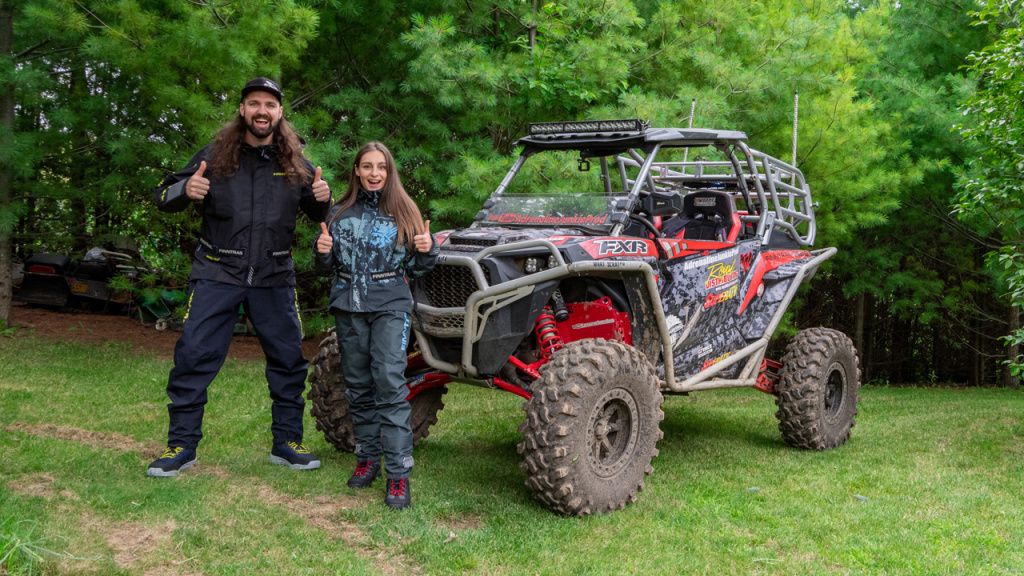
Supplies for Your ATV in Hot Weather
You'll need to pack differently for your ATV in the summer.
Make sure you wear appropriate safety gear, but gear that's suitable for warmer temperatures. Vented gear helps air flow through to keep you cool without sacrificing safety.
Be prepared to bring plenty of water, and a small amount of sports drinks, and to have them readily available so you can drink little amounts often.
Pack food that you can store in your cooler that also has a high water content, like many fruits. You can also use frozen water bottles in your cooler so they can serve as water to drink when they begin to thaw out at the end of the ride.

